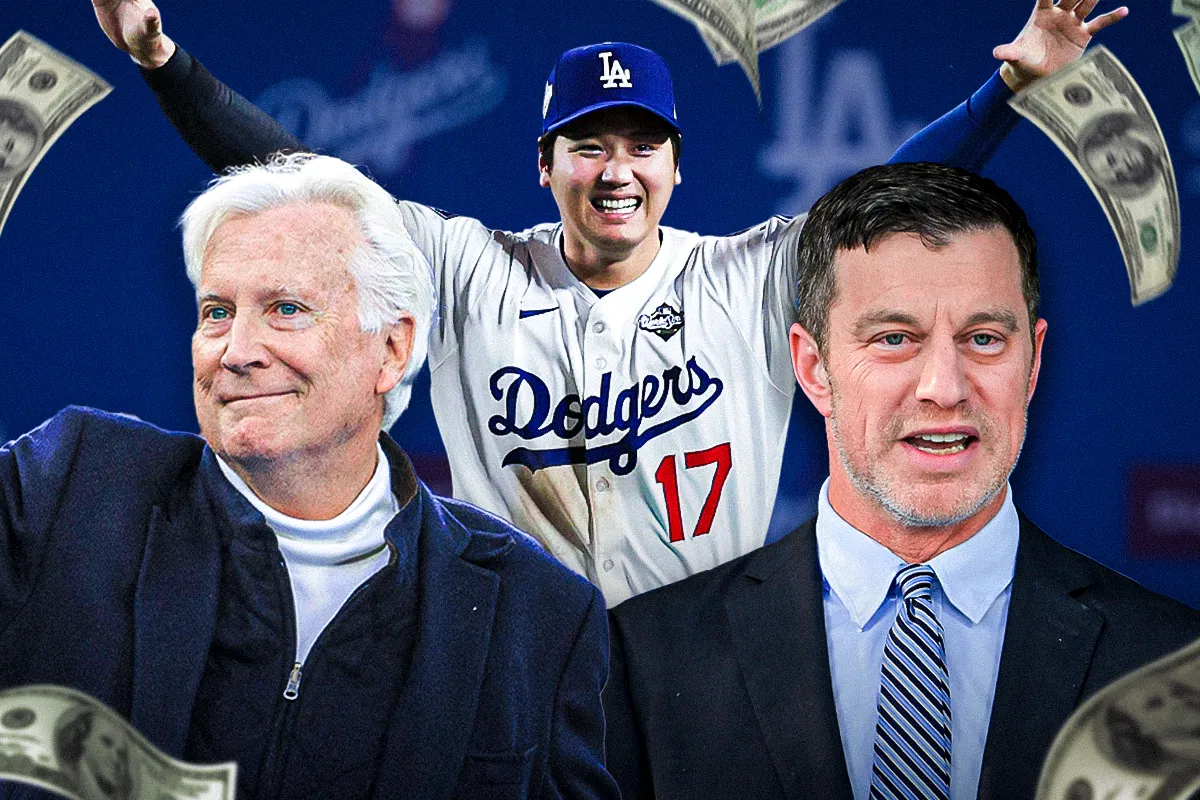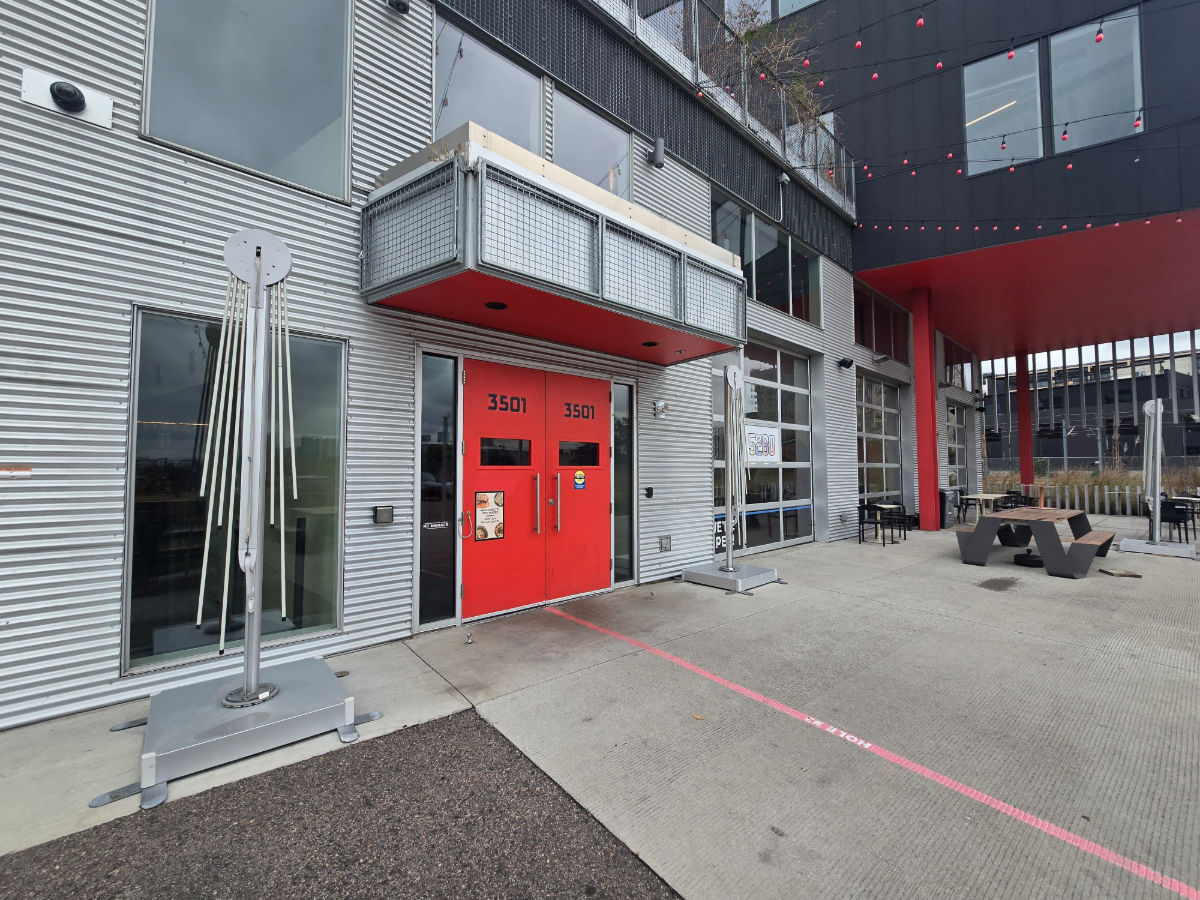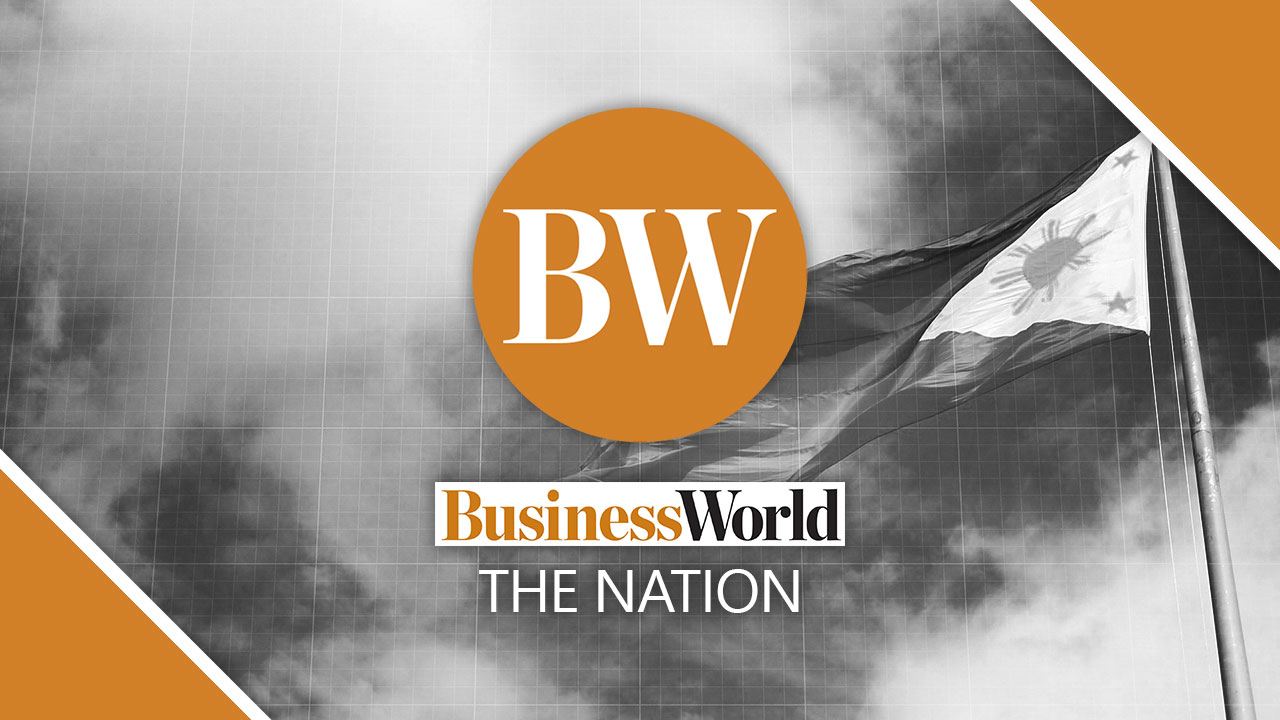Copyright Essentially Sports

If someone told you ten years ago that a baseball team of all sports would be the first in North America to crack $200 million in sponsorship revenue, you’d probably have guessed the Yankees. But the Dodgers? Not a chance. For decades, the Dallas Cowboys and Golden State Warriors owned that conversation. They were the giants – teams with household names, global logos, and fan bases stitched into American culture. Yet in 2025, it’s the Los Angeles Dodgers standing shoulder to shoulder with them. According to Sponsor Business Journal, the Dodgers are projected to become the first pro franchise in North America to earn over $200 million a year in sponsorship deals – a 17% jump of nearly $30 million from 2024. ADVERTISEMENT Article continues below this ad That’s sponsorships only, not total revenue! So how did a team from a so-called “slower sport” compete with the Chiefs in terms of cultural significance, the Cowboys in terms of commerce, and the Knicks in terms of brand power? ADVERTISEMENT Article continues below this ad The Shohei effect Shohei Ohtani is the first person you need to know to comprehend how the Dodgers accomplished this commercial revolution. At 31, he’s a phenomenon. He became the first player in MLB history to hit 50 home runs and steal 50 bases in a single season. Read Top Stories First From EssentiallySports Click here and check box next to EssentiallySports But when Ohtani signed his 10-year, $700 million deal with the Dodgers in 2023 – the biggest contract in sports history at that time, it moved more than numbers. In a few months, some 20 Japanese brands such as JTB, ITO EN, Toei Animation, and Tokyo Electron came on as sponsors. ADVERTISEMENT Article continues below this ad Today, the Dodgers have 76 sponsors, and they have signed new deals totaling about $70 million. And these were not those typical ad placements. They were bridges. Bridges between Japan and Los Angeles on the cultural, emotional, and financial levels. But believe me, the impact didn’t end there, only. Because: Sales of tickets were up. Merchandise sales up. Sponsorships again, up! And the irony is that even the Dodgers’ opponents made money. According to reports, Japanese-brand signage alone brought in $15 million for the stadiums that hosted the Dodgers during Ohtani’s absence. Shotime’s influence has been even greater in Japan: After Ohtani joined the Dodgers, MLB merchandise sales in Japan increased by 183%. Spending on sponsorship increased by 114%. Economists estimate the Dodgers’ total economic impact to be $334 million, and their sponsorship deals are currently five times the MLB average. The Dodgers empire they built before Ohtani This type of growth was not attained easily. The Dodgers already had an extensive, passionate, and highly organized empire long before Shohei Ohtani. New ownership: Mark Walter became the new owner of the team in 2012 at $2.15 billion after the team had been in bankruptcy and had a relatively low payroll under owner Frank McCourt. Massive television agreement: In 2013, they signed the biggest local television agreement in the history of the sport with Spectrum, worth $8.35 billion. Shrewd front office: In 2014, they hired Andrew Friedman, who developed the best farm system (young talent pipeline) in baseball and a powerful major league team. They had invested in their own digital storytelling, an even stronger marketing and sponsorship division, and made story-based partnerships instead of wall-mounted logos. By 2023, Forbes valued the Dodgers at $4.8 billion, second only to the New York Yankees. Sure, most of that money came from their TV deal, ticket sales, and local U.S. sponsorships. But their global reach was still limited. They had some traction in Mexico and Latin America, but not much in East Asia, where teams like the Yankees (Ichiro era) or Red Sox (Matsuzaka era) had already found deep fan loyalty. Then came Ohtani. And everything clicked. From 2022 to 2025, the Dodgers’ sponsorship revenue grew about 30% every year. Their payroll hit $509 million, the largest in MLB history. Even their luxury tax bill ($168 million) was higher than the entire payroll of sixteen other teams. Attendance soared, too. In 2023, they drew 3.83 million fans to Dodger Stadium (about 47,371 per game). In 2024, Ohtani’s first full season, he jumped to 3.94 million (48,657 per game). In 2025, they crossed the 4 million fan mark for the first time. Los Angeles is now the baseball team that sells a seat the most. “Winning” is the actual trigger The real spark was not Ohtani or the sponsorships themselves. It was about success. It was winning. Another title in the NL West with a 93-69 record and a 12th division victory in 13 years. They became visible when they won, and that turned into gold in terms of sponsorship. And now, with their 9th World Series ring (back-to-back 2nd time), they are tied with the Red Sox and the Athletics. Evidently, success is the best marketing strategy in sports. That’s what enabled the Dodgers to become international influencers rather than just local heroes. However, this is a story about overtaking, not just about rising. The Dodgers used to be the second-best The Dodgers were under the Yankees’ shadow for many years. Yankees: 41 trips to the World Series. Dodgers: 23. But everything changed in 2024. In addition to defeating the Yankees in the World Series, the Dodgers joined international powerhouses like the Cowboys, Real Madrid, and Barcelona as the first MLB team in history to earn more than $1 billion in total revenue. Nevertheless, for the time being, the Yankees continue to dominate in terms of brand legacy. The money scoreboard: Yankees (2025) Value of Franchise: $8.2 billion Revenue for 2024: $728 million Dodgers (2025) Franchise Value: $6.9 billion (up $1.4B in one year) 2024 Revenue: $752 million Sure, the Yankees are still baseball’s most valuable brand. But let’s not underestimate the Dodgers. Because now they are its most lucrative gift. Interesting, right? Wait until you zoom out to all sports in case you believe that is crazy. Baseball just invited itself to the big money table Here is an overview of the sponsorship environment in American sports: NFL: $2.5 billion total (2024-25) NBA: $1.62 billion (2024-25) MLB: $2.05 billion (2025) Baseball’s ecosystem is now on par with NBA and getting closer to NFL, which was unimaginable just a few years ago. And things become even more interesting when we focus on specific teams. Dodgers (MLB): Projected to pass $200 million Warriors (NBA): nearly $200 million Cowboys (NFL): Around $100 million In other words, football, the so-called “king,” is lagging behind in terms of per-team sponsorship deals, while baseball and basketball are finally seated at the same commercial table (well, almost). But what was the Dodgers’ secret that made this all possible? Global reach. Star magnetism. Stability. While NFL teams are still focusing on the US market, the Dodgers capitalized on the economy of Japan. NBA has made profits by using personalities, whereas the Dodgers made a superstar the size of a planet. They also, in contrast to the Knicks or Cowboys, have a model of ownership that promotes long-term innovation, and not short-term profits. Los Angeles has accomplished what any modern franchise dreams to have: Balancing financial supremacy with cultural narratives.



